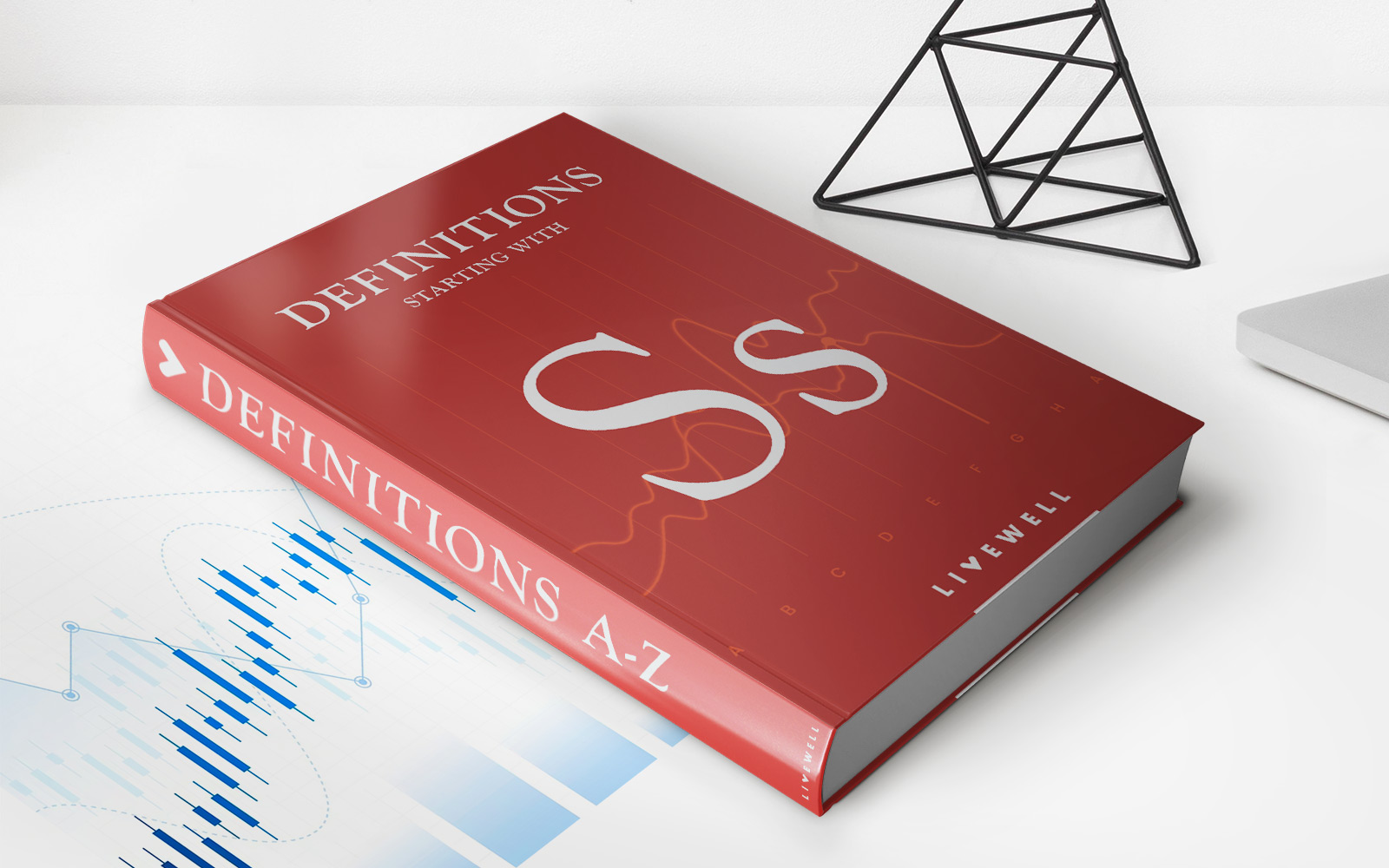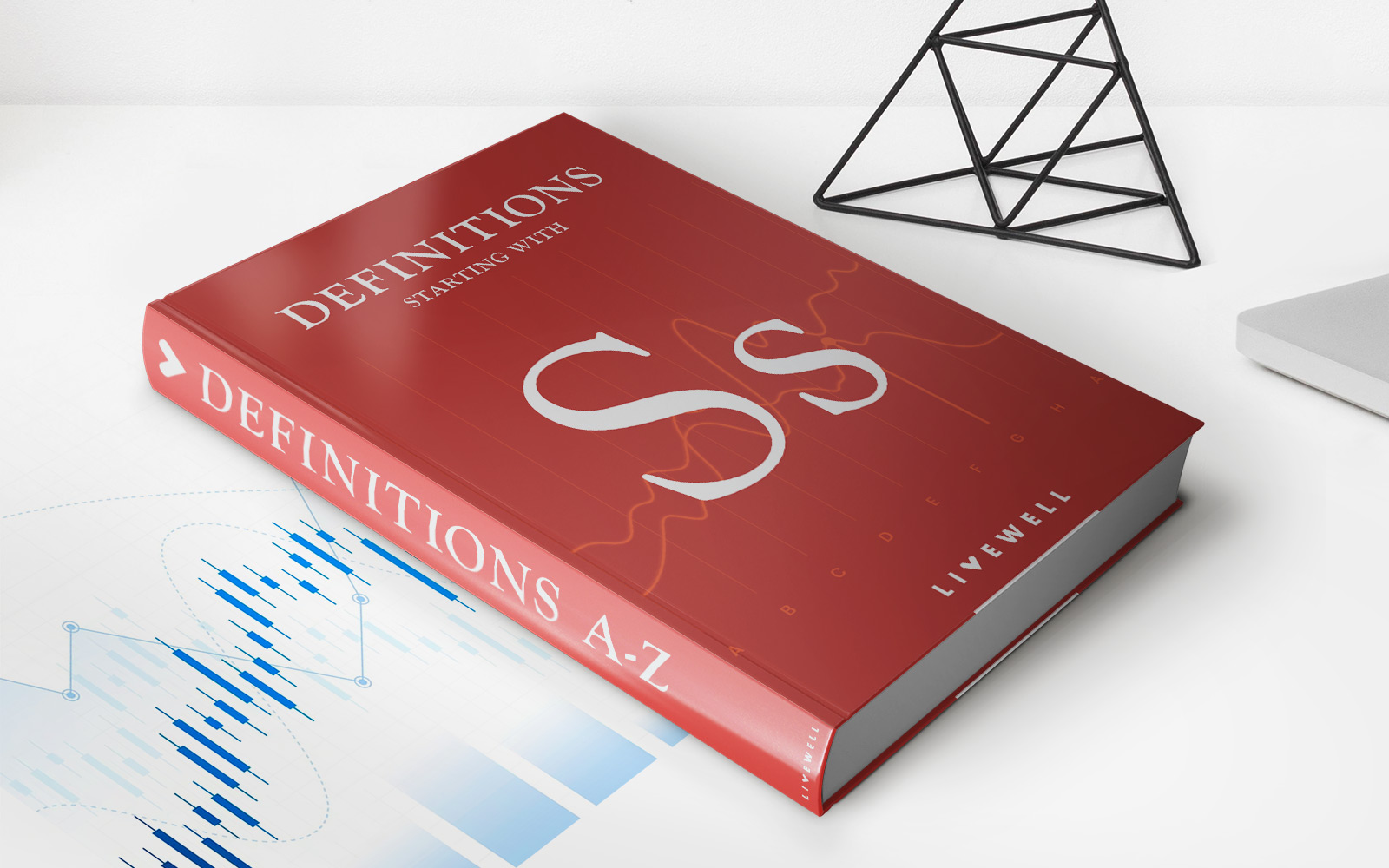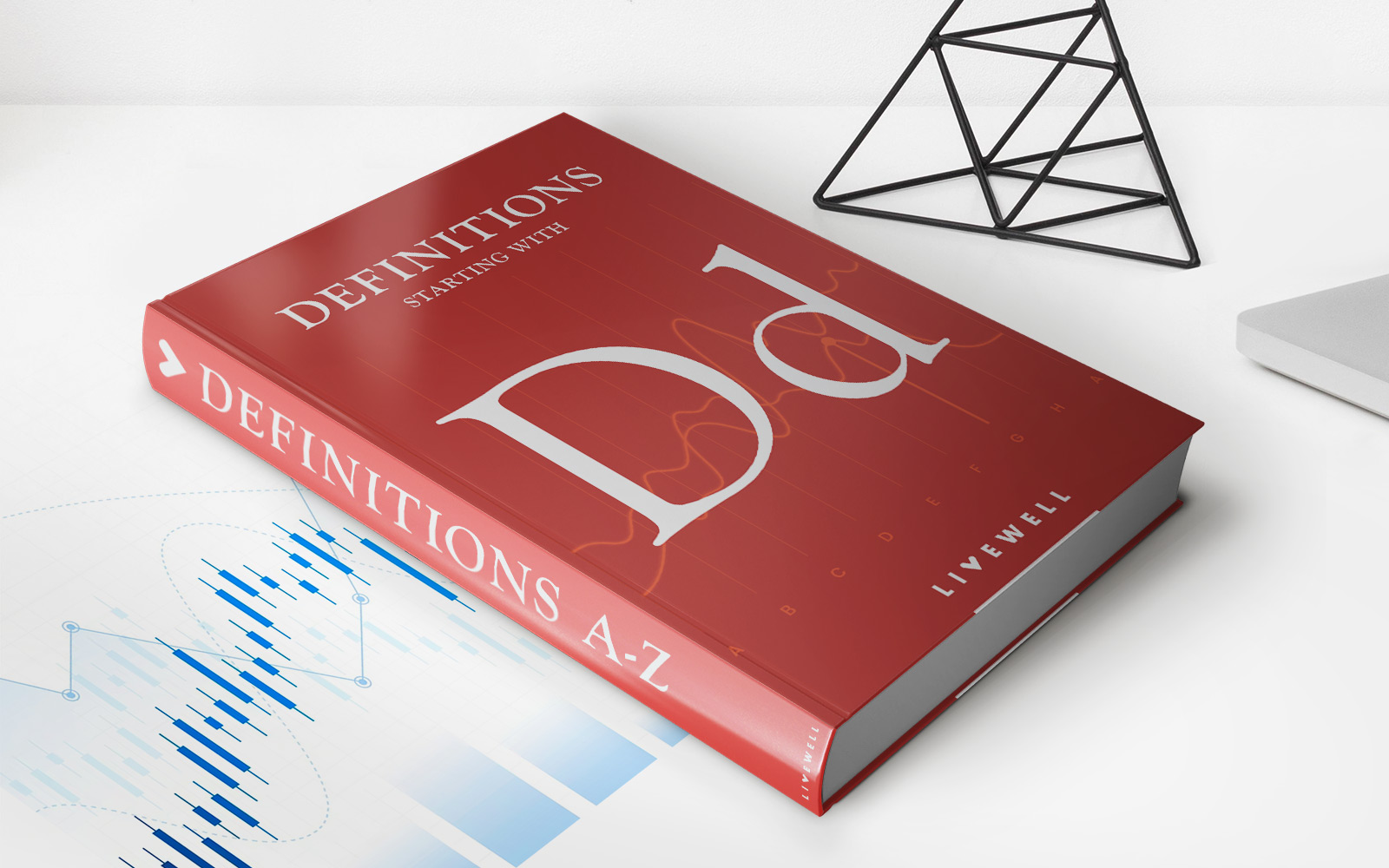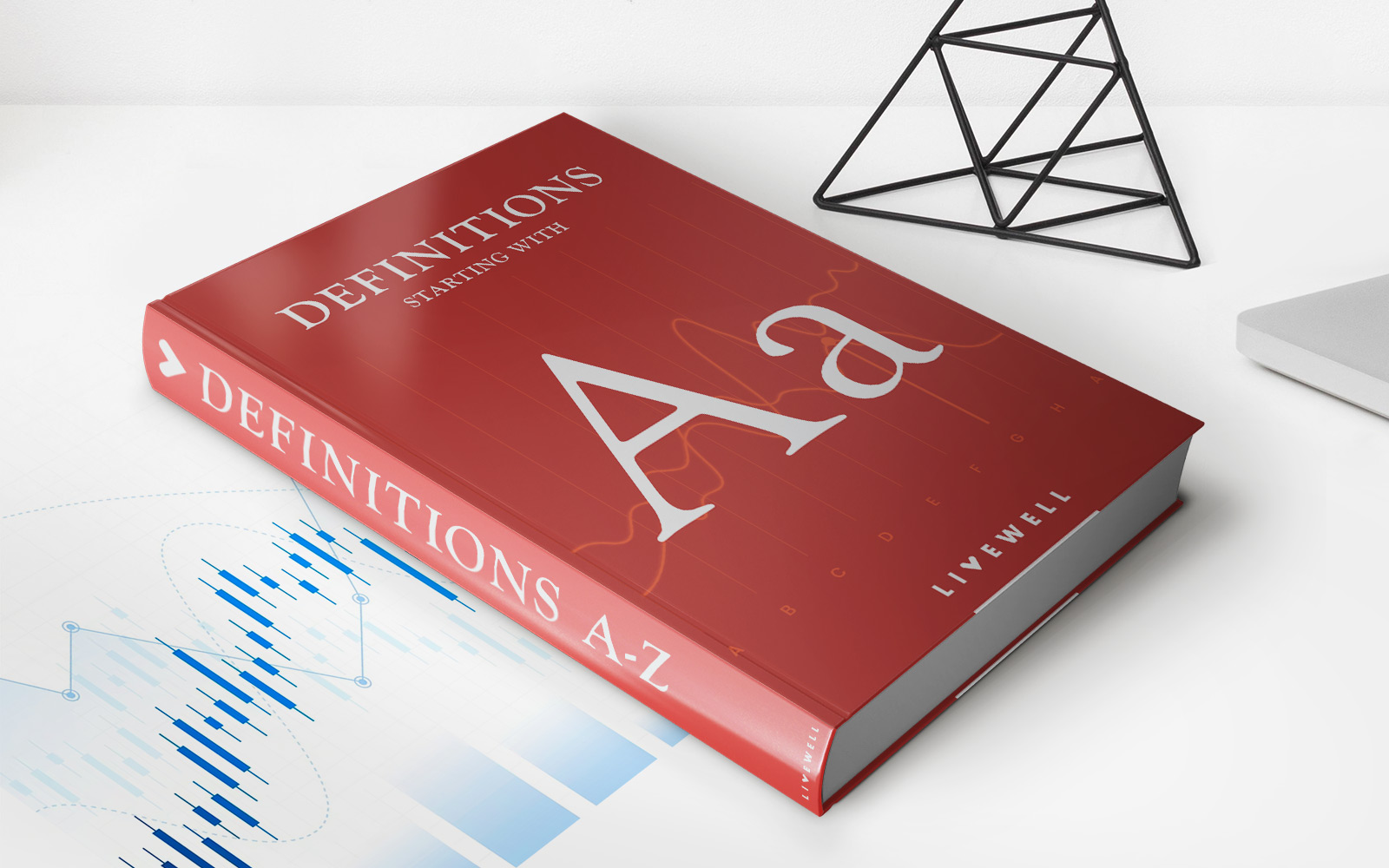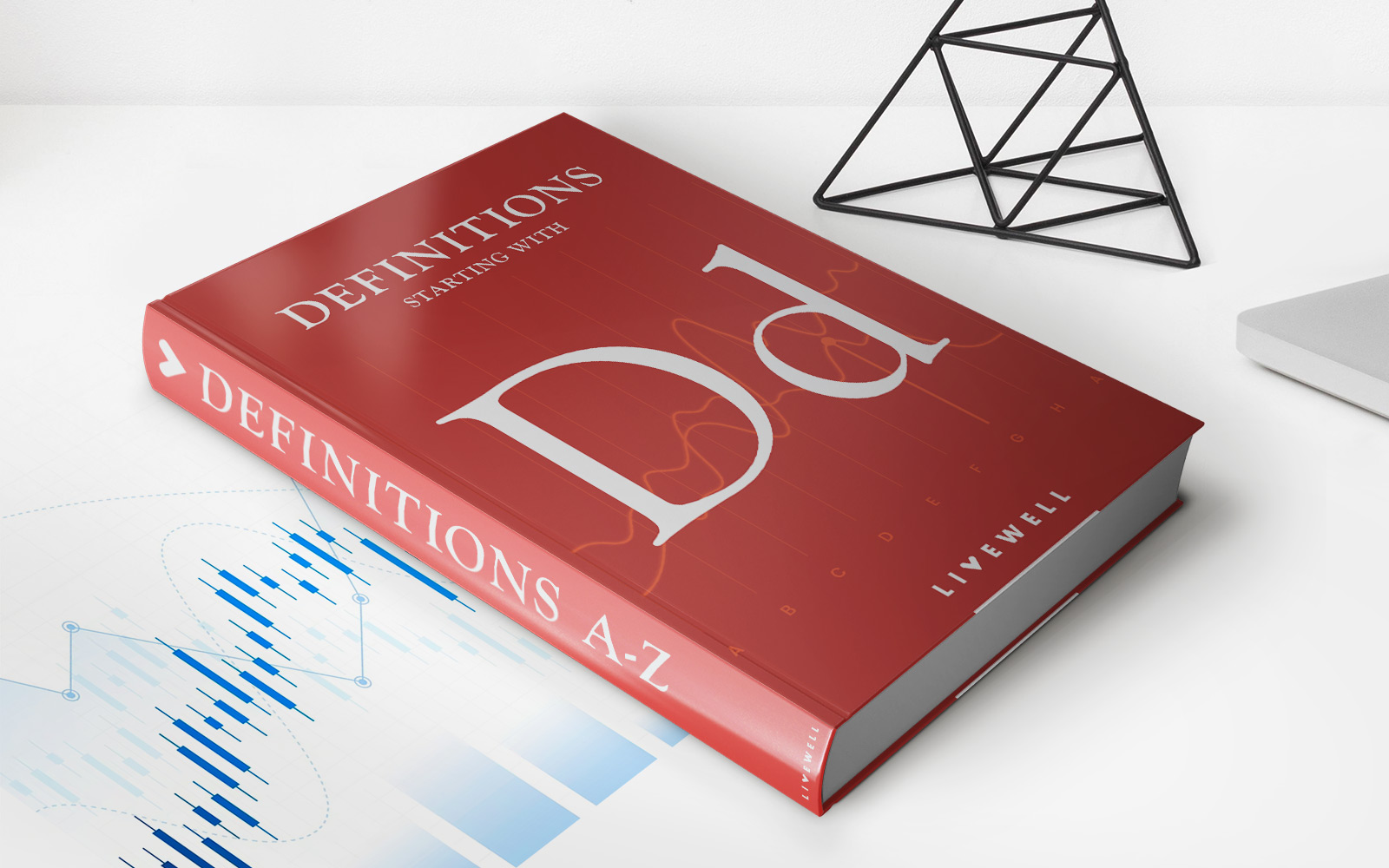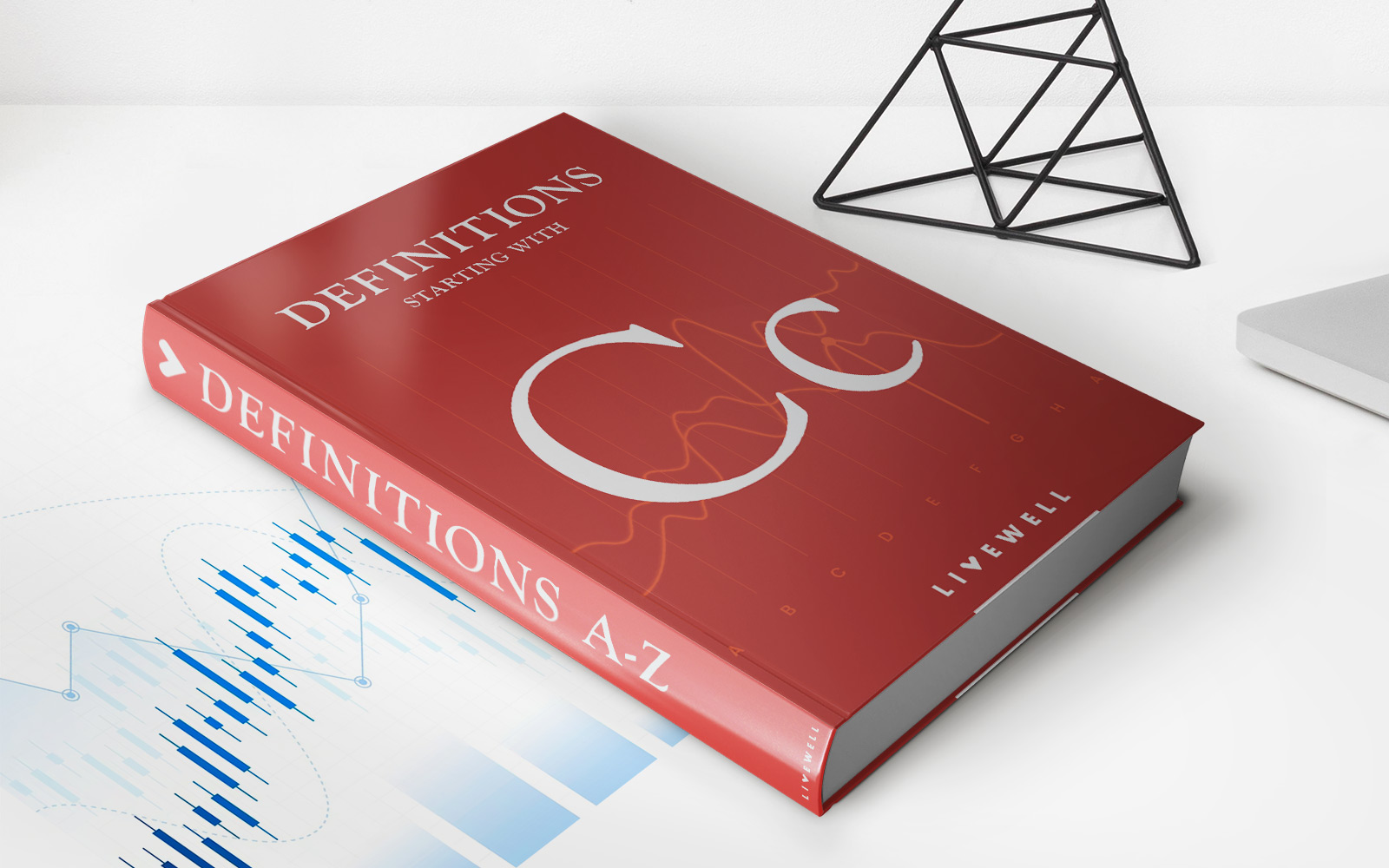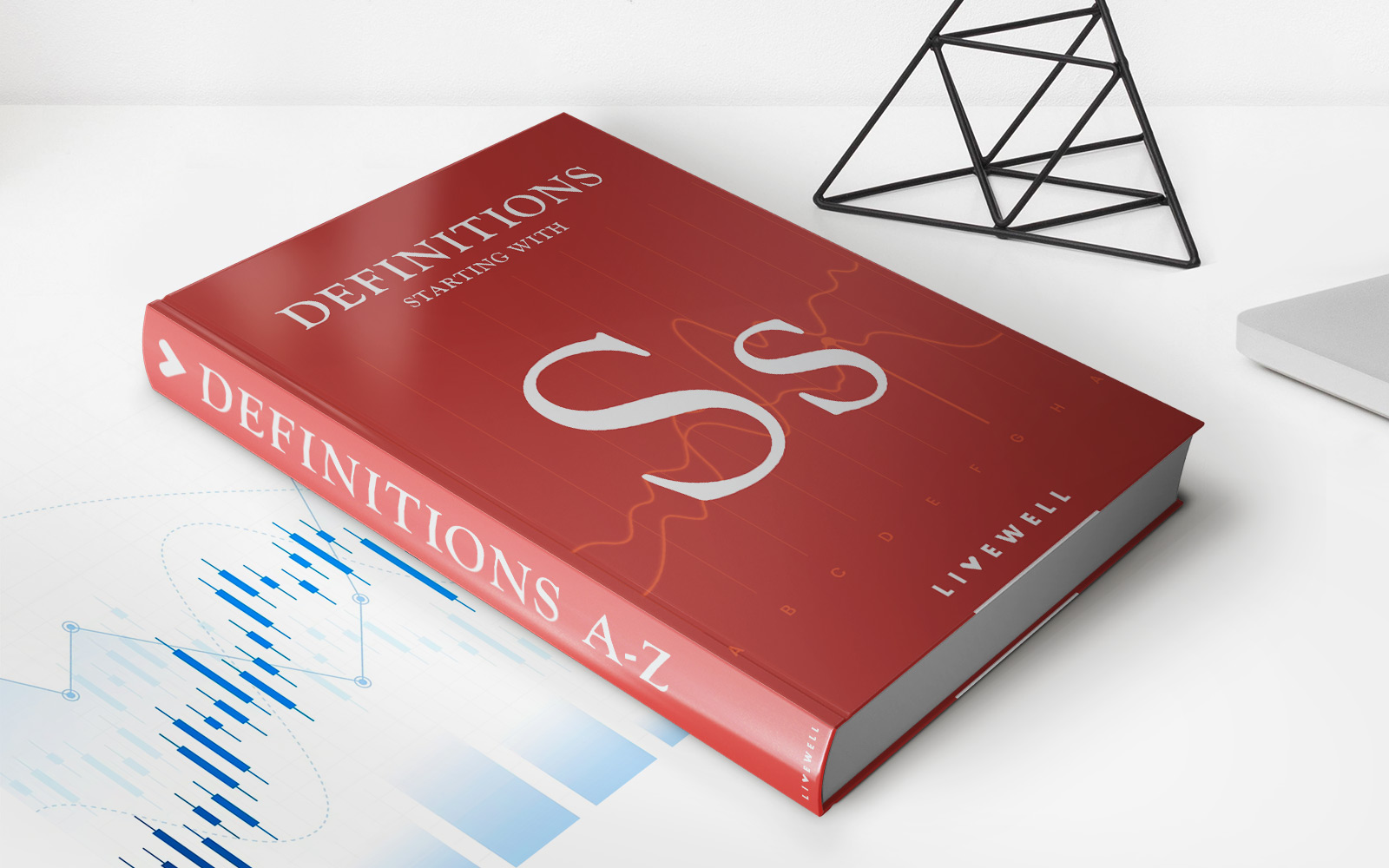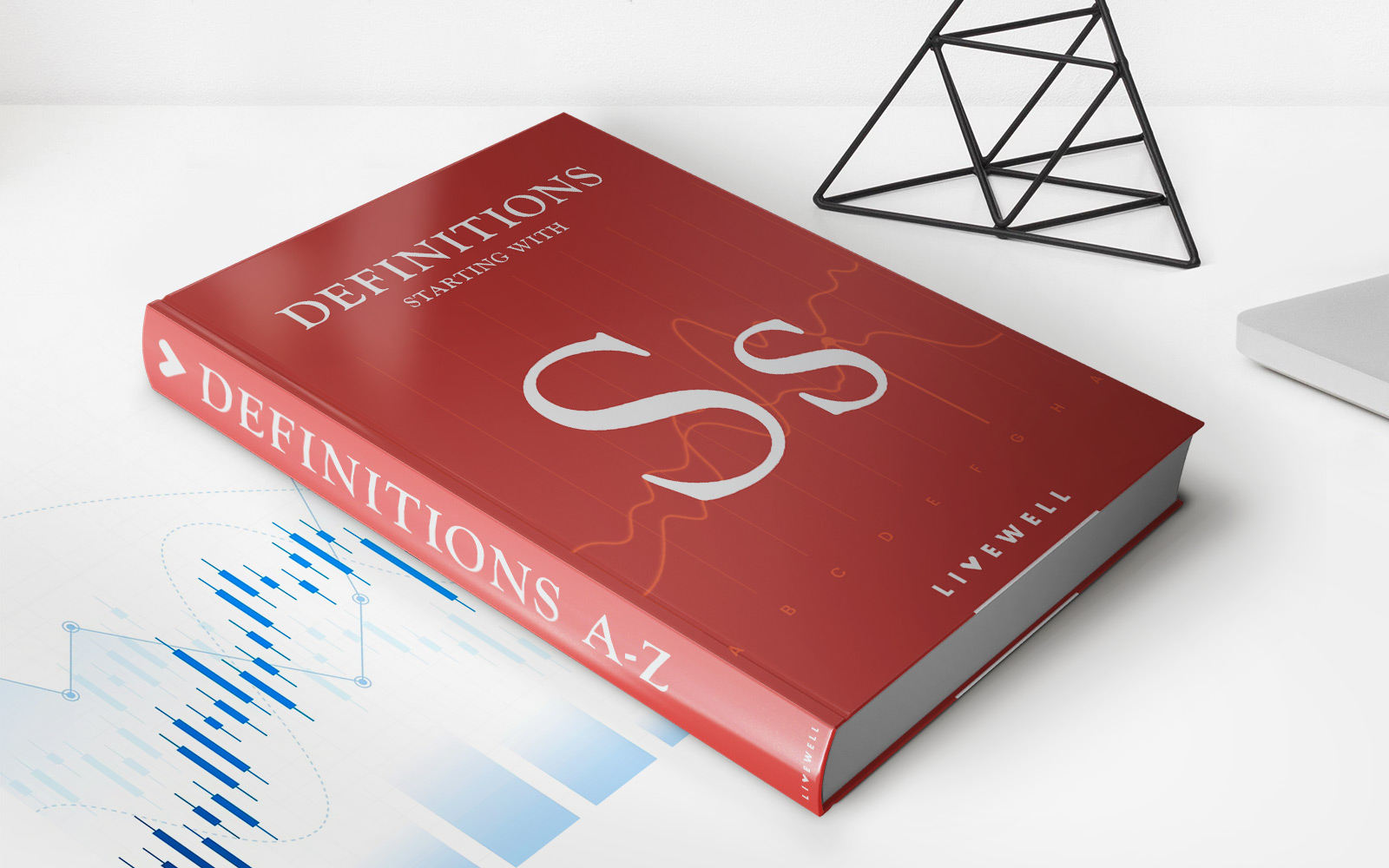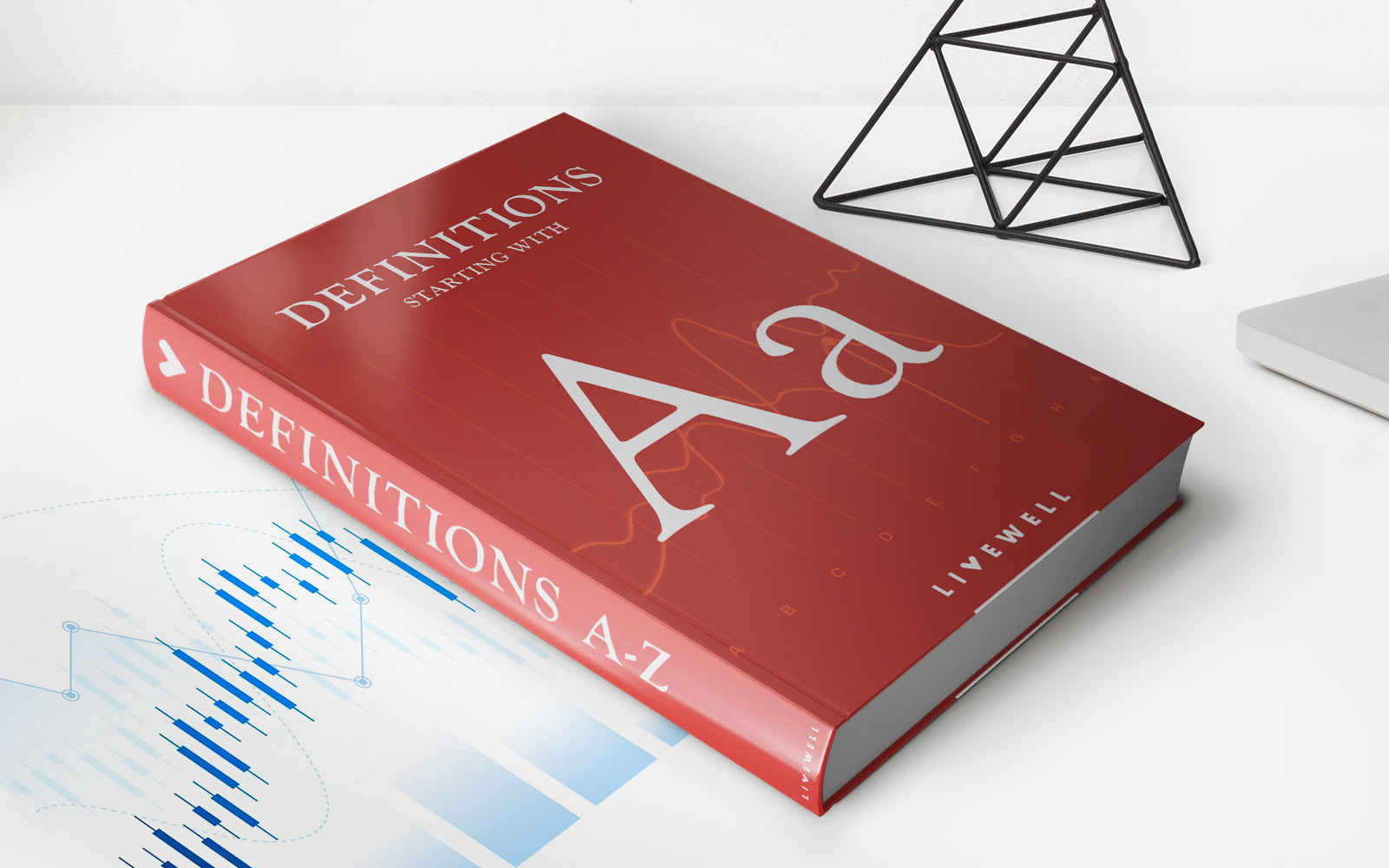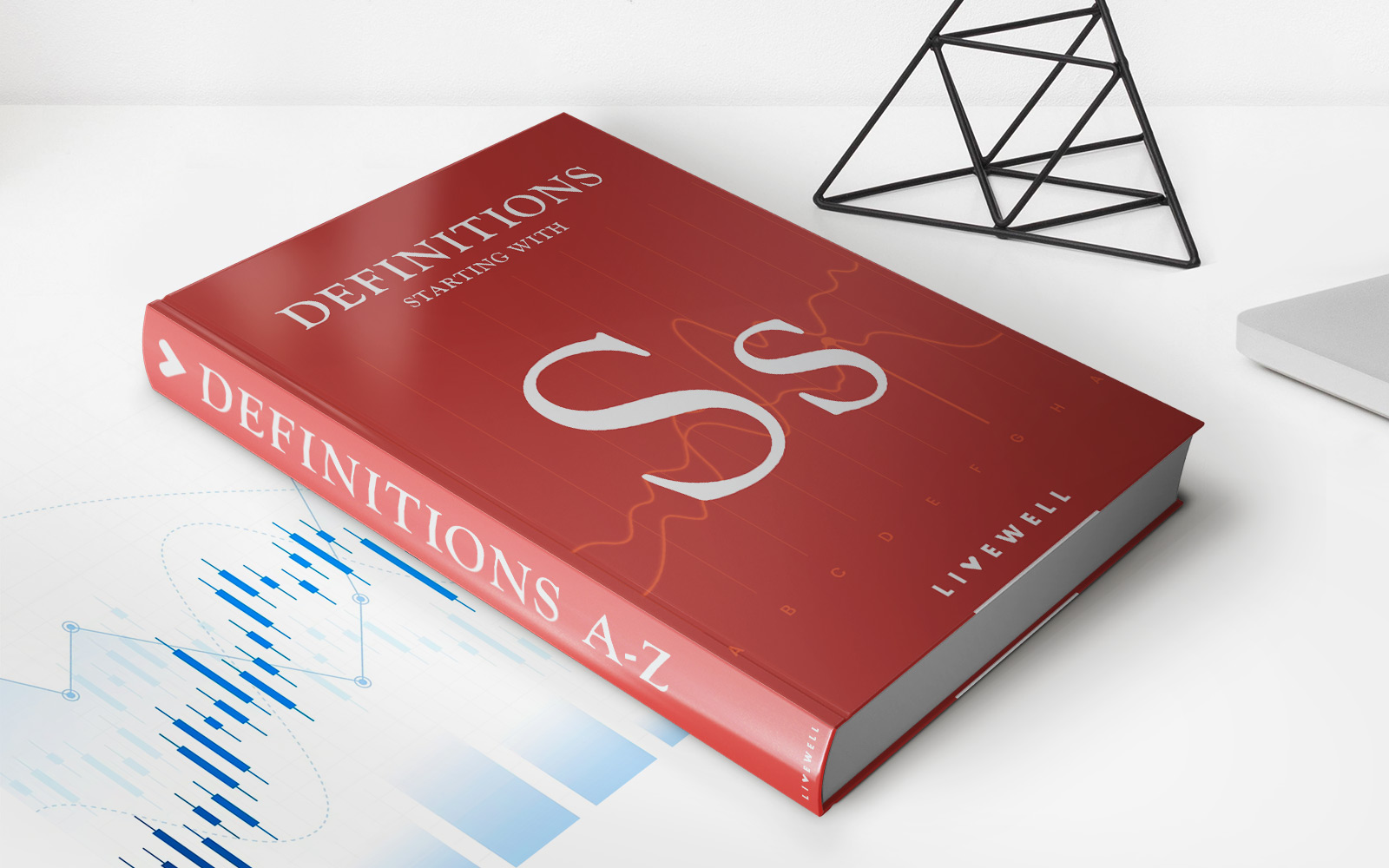

Finance
Synthetic Dividend Definition
Published: February 5, 2024
Discover the meaning of synthetic dividend in finance. Gain insights into how this concept impacts investment strategies and financial planning.
(Many of the links in this article redirect to a specific reviewed product. Your purchase of these products through affiliate links helps to generate commission for LiveWell, at no extra cost. Learn more)
Synthetic Dividend Definition: A Closer Look at this Financial Strategy
Welcome to the “Finance” category of our blog, where we dive deep into various financial strategies and concepts. Today, we’ll be exploring the intriguing world of synthetic dividends. What are synthetic dividends, you might wonder? In this blog post, we will define synthetic dividends, explain how they work, and discuss their advantages and disadvantages. So, let’s jump right in!
Key Takeaways:
- Synthetic dividends are a financial strategy that allows investors to replicate the cash flow of dividends without actually owning the underlying securities.
- This strategy involves the use of options contracts, such as call and put options, to create a synthetic position that mimics the dividend payments.
What are Synthetic Dividends?
Synthetic dividends are a financial tool that investors can use to replicate the cash flow associated with traditional dividends without actually owning the underlying securities that pay the dividends. This strategy involves the use of options contracts to create a synthetic position that mimics the dividend payments.
Now, you may be wondering, how exactly do synthetic dividends work? While the concept may sound complex, it can be broken down into simpler terms:
- An investor purchases call options on a specific stock or an exchange-traded fund (ETF) that pays regular dividends.
- At the same time, the investor sells or writes call options with the same strike price and expiration date as the ones they purchased. This writing of call options generates income.
- If the options expire in-the-money, the investor will be required to sell the underlying securities at the strike price. However, since they already own the securities, no additional transaction is needed.
- The income generated from writing the call options offsets the costs of purchasing the call options, creating an artificial cash flow that replicates the dividend payments.
It’s important to note that synthetic dividends are not actually dividends in the true sense, as they do not result from direct ownership of the underlying securities. Instead, they allow investors to benefit from the cash flow associated with dividends through a carefully constructed options strategy.
Advantages and Disadvantages of Synthetic Dividends
Like any financial strategy, synthetic dividends have their own set of advantages and disadvantages. Let’s explore both sides of the coin:
Advantages:
- Income Generation: Synthetic dividends allow investors to generate income even if they don’t own dividend-paying stocks.
- Flexibility: Investors can customize the strategy based on their risk appetite, choosing the specific stocks or ETFs they want to mimic the dividends of.
- Tax Efficiency: Depending on the investor’s situation and jurisdiction, synthetic dividends may provide tax advantages compared to traditional dividends.
Disadvantages:
- Options Risk: Synthetic dividend strategies involve options contracts, which inherently carry risks such as potential losses if the market moves against the investor’s position.
- Complexity: This strategy can be complex for novice investors, requiring a deep understanding of options and their associated risks.
- Transaction Costs: Executing synthetic dividend strategies may involve costs such as options premiums and brokerage fees.
It’s crucial to thoroughly research and understand synthetic dividends before incorporating them into your investment strategy. Consulting with a financial advisor who specializes in options trading may also be beneficial.
In conclusion, synthetic dividends are a financial strategy that gives investors the ability to recreate the cash flow associated with traditional dividends without owning the underlying securities. While they offer potential advantages such as income generation and flexibility, they also come with risks and complexities. Understanding the concept, evaluating the pros and cons, and seeking professional advice are essential steps for those considering this strategy.
